The Hidden Costs: Over-Deworming or Skipping Deworming in Dairy Farming
In dairy farming, animal health equals milk productivity. One of the most overlooked pillars of maintaining herd health is a proper deworming routine.
No products in the cart.
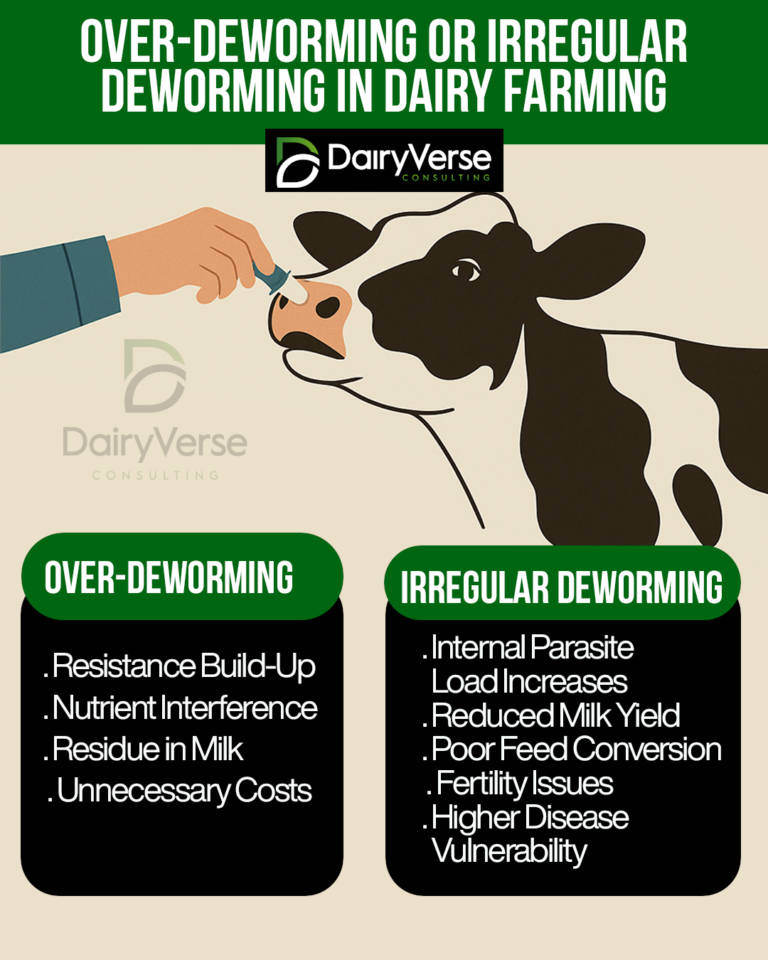
In dairy farming, animal health equals milk productivity. One of the most overlooked pillars of maintaining herd health is a proper deworming routine.
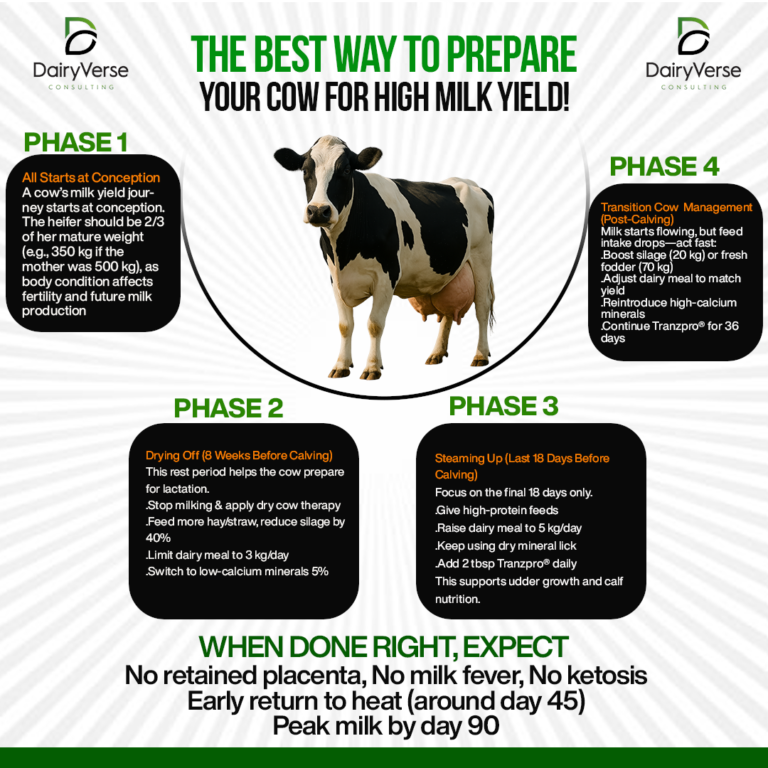
For any dairy farmer, low milk yield is the most dreaded reality. Yet, it’s widespread across Kenya, where the average daily milk yield for top breeds like Friesians and Ayrshires is only 7.8 litres per cow. The big culprit? High feed costs.

Crossbreeding is the mating of two animals from different breeds. The goal is to combine the strengths of each breed, such as better milk yield, disease resistance, meat quality, or adaptability to climate, into a new animal that carries the best traits of all.

Feeding a calf properly from birth lays the foundation for a productive, healthy dairy cow. The right nutrition at every stage ensures high milk yield, early maturity, and reduced health risks such as delayed or silent heat.

In veterinary practice, especially in ruminant health management, recognizing the visual signs of abdominal distension is crucial. Two common conditions that present with abdominal bloating in cattle are Tympany (bloat) and Vagal Indigestion
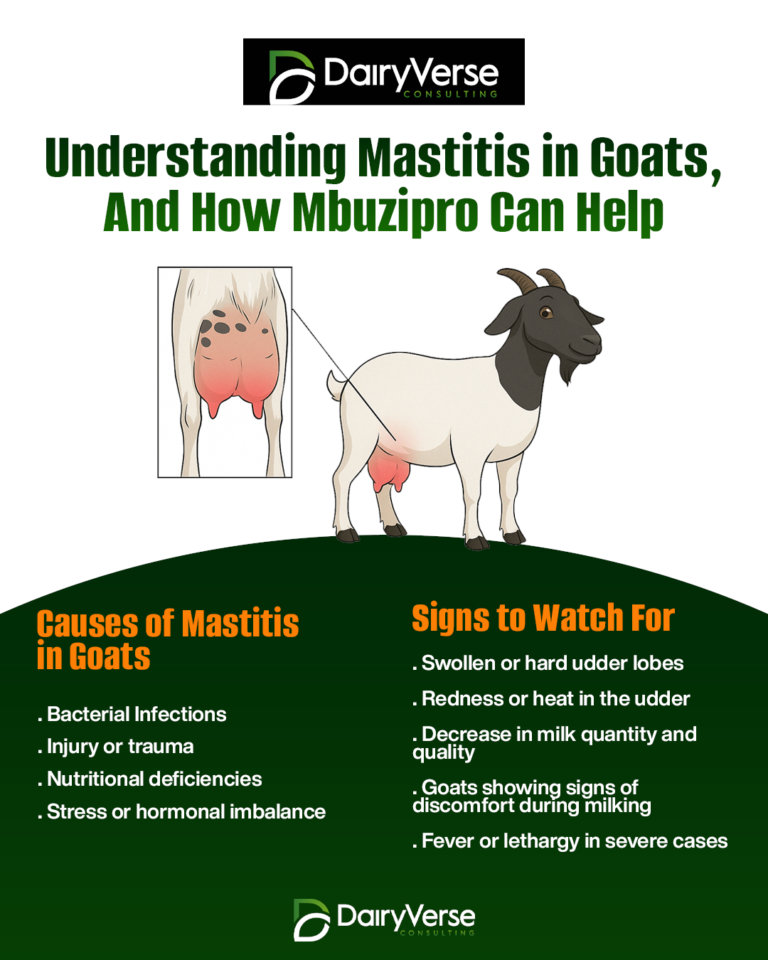
Mastitis is a common but serious condition that affects the udder of lactating goats. It is characterized by inflammation of…
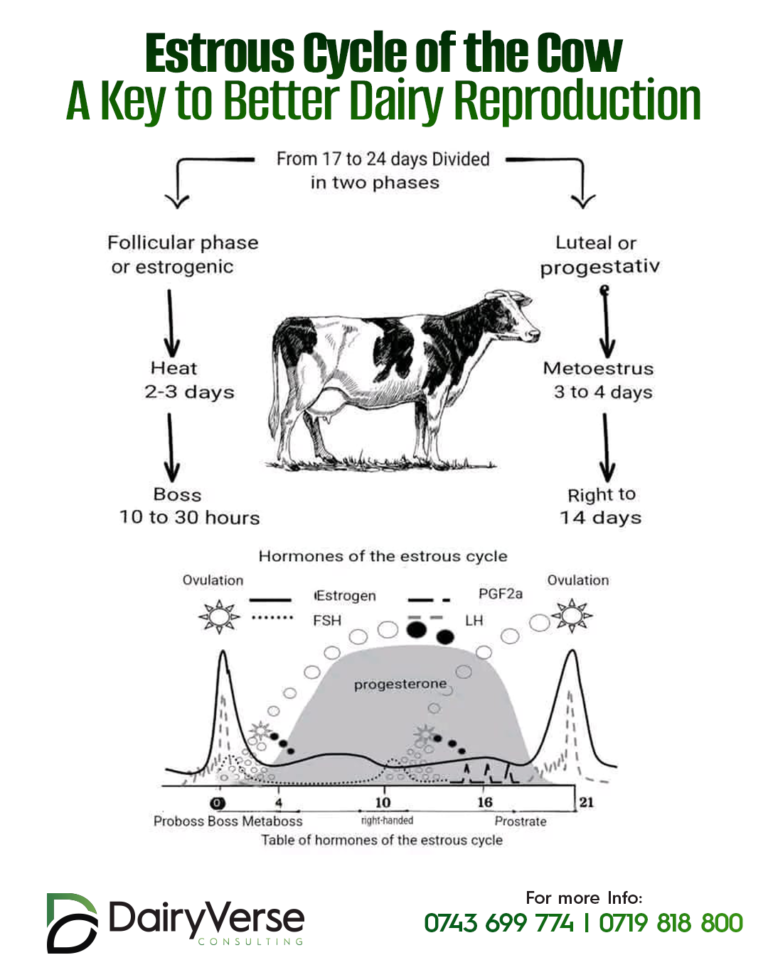
In dairy farming, reproductive efficiency is one of the pillars of productivity and profitability. Understanding the estrous cycle of the…

Selecting a productive dairy cow isn’t just about breed, it’s about physique. A cow’s physical structure reveals a lot about her milk-producing potential, health, efficiency, and longevity in the herd. Whether you’re a smallholder farmer or a large-scale investor, understanding these visual cues can help you make informed decisions that impact your farm’s profitability.
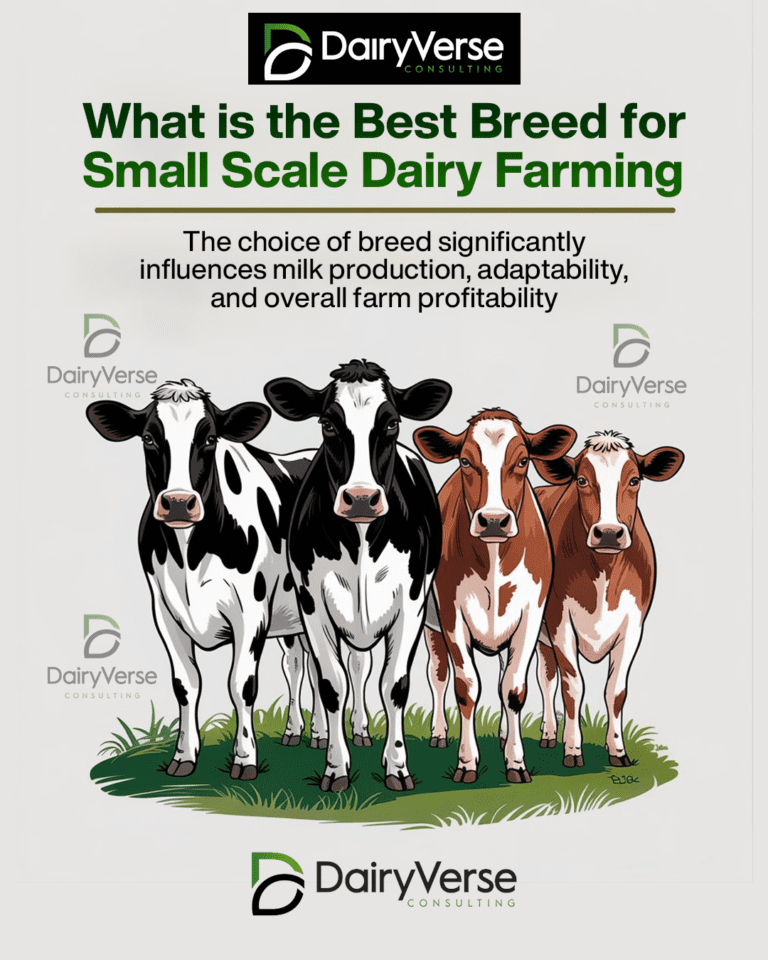
Selecting the optimal dairy cow breed is crucial for the success of small-scale dairy farming, especially in Kenya’s diverse climatic regions. The choice of breed significantly influences milk production, adaptability, and overall farm profitability.
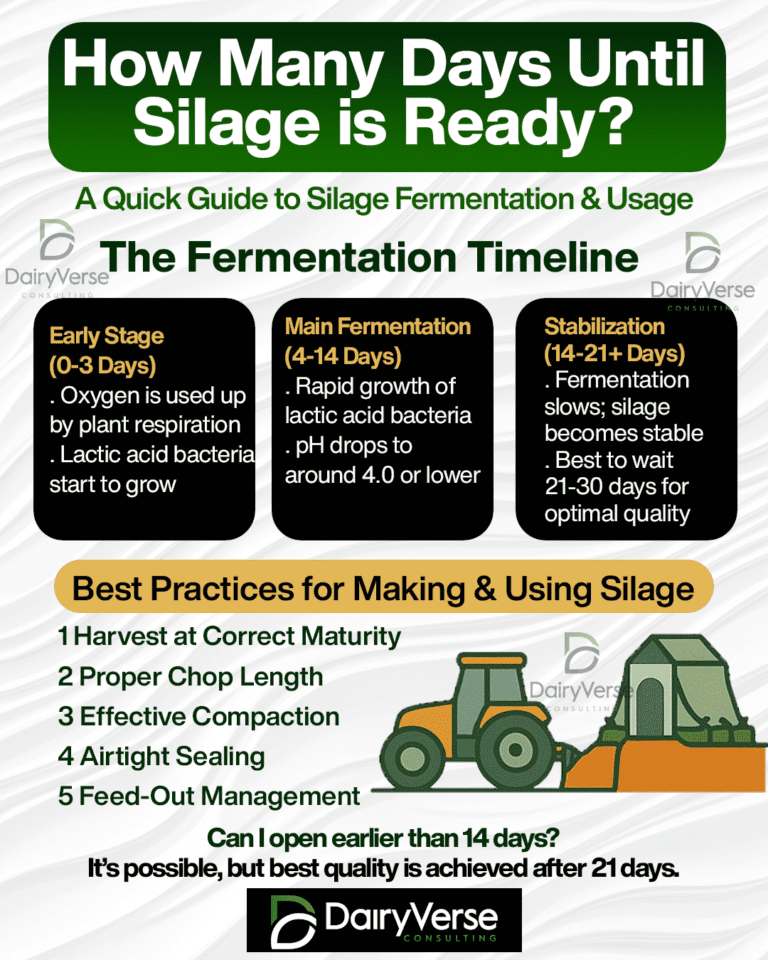
Silage is a vital feed resource in dairy and beef operations worldwide. Properly made and stored silage can help farmers maintain a consistent, high-quality feed supply throughout the year—especially during dry seasons or periods of limited forage availability.